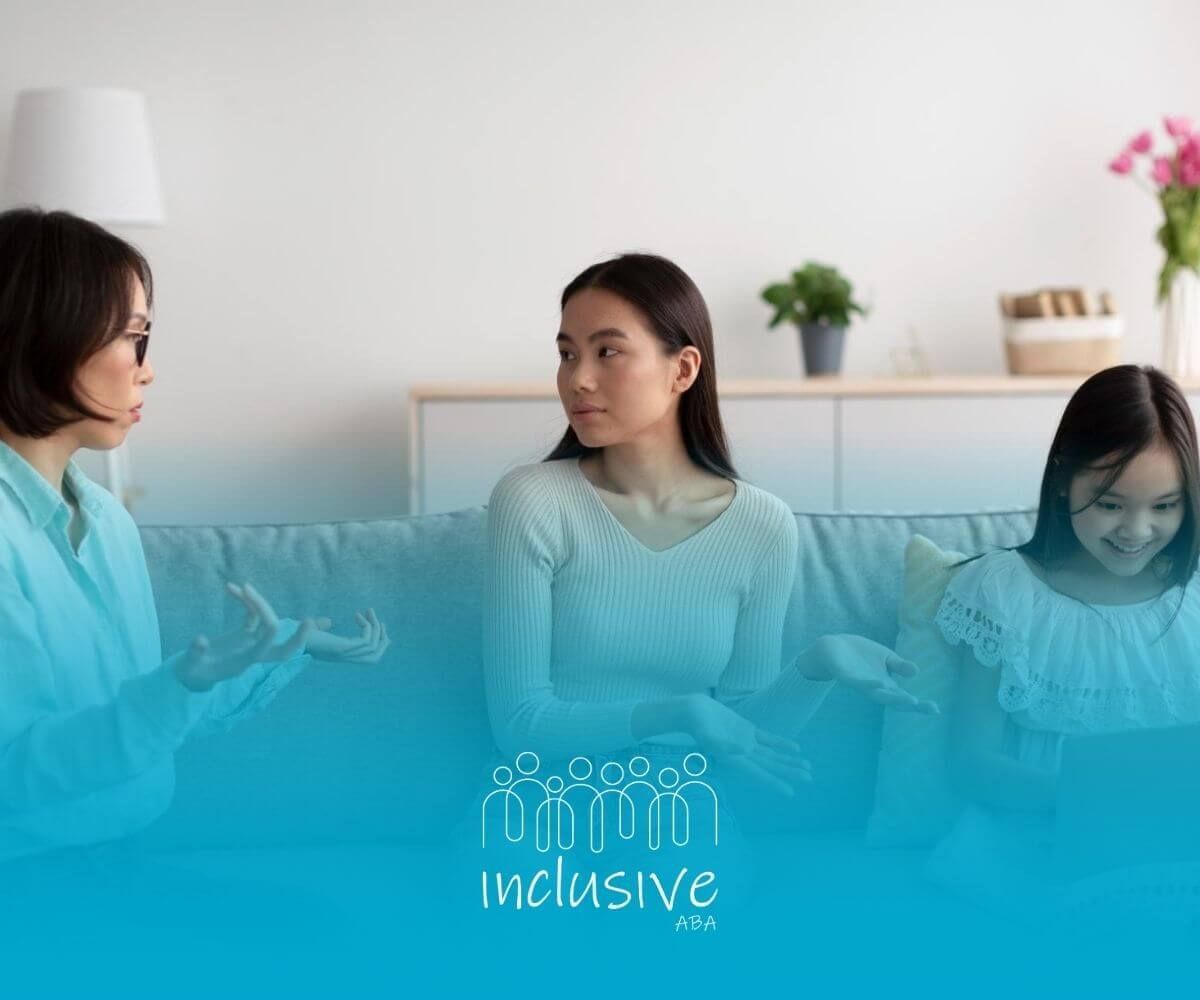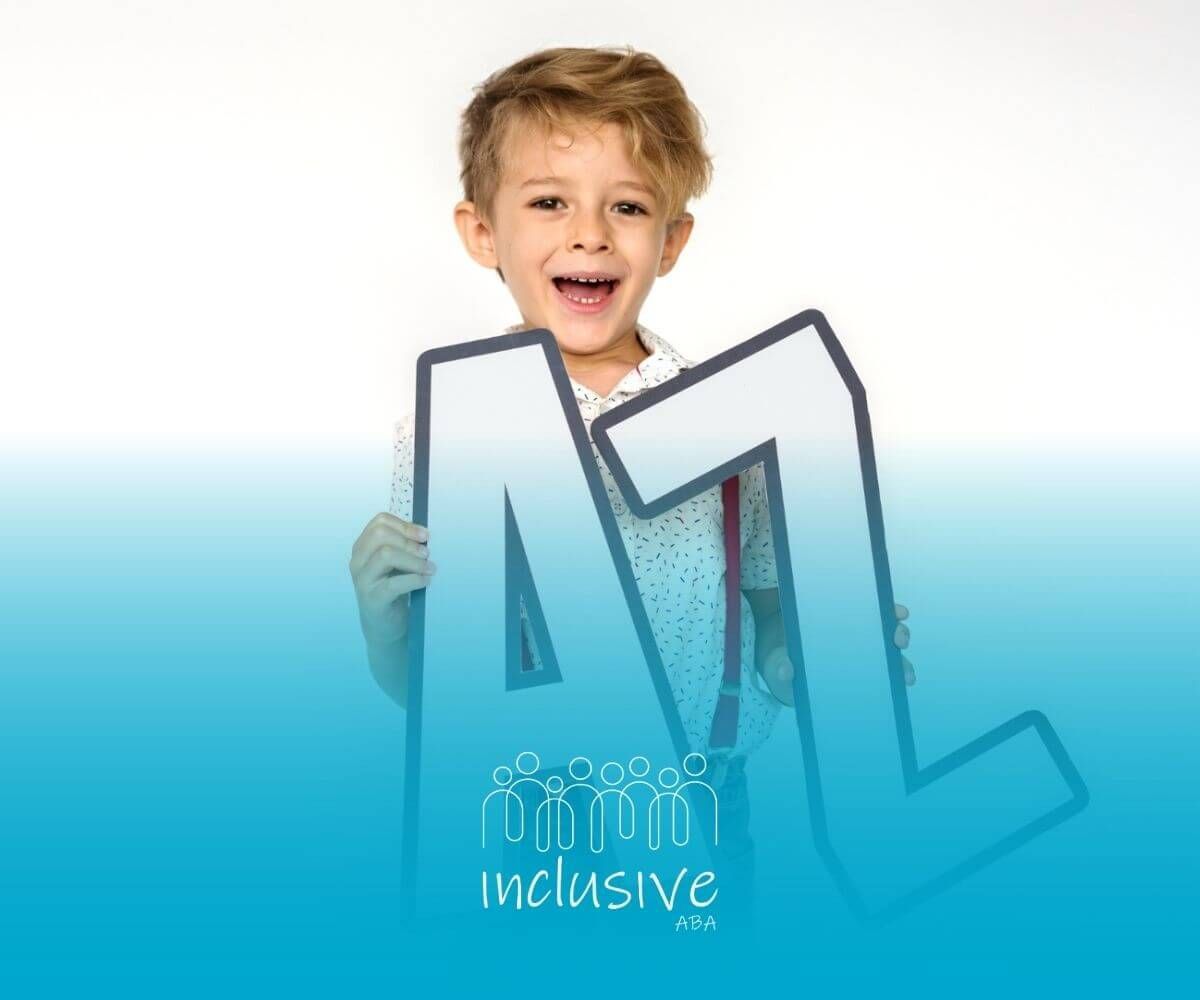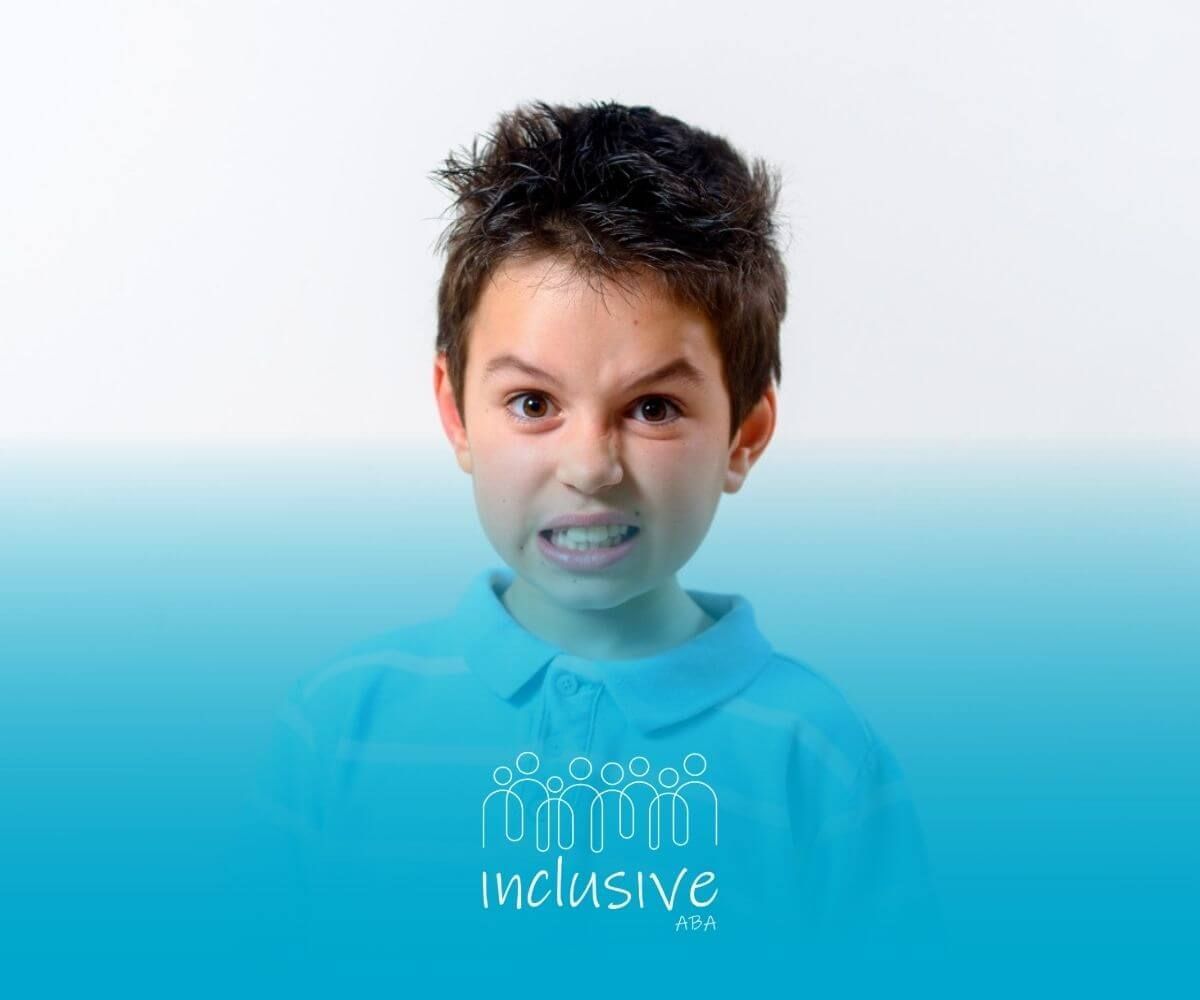What Does ABA Therapy Look Like for a 2-Year-Old?
ABA therapy is one of the most effective ways to support a 2-year-old child with autism. This therapy focuses on using simple, structured activities to encourage positive behaviors and teach new skills.
For toddlers, it’s all about starting early to give them the foundation they need for social, communication, and cognitive development. With the right approach, ABA can help your little one make big strides.
Activities in ABA Therapy for Toddlers
ABA therapy for 2-year-olds focuses on a variety of engaging and interactive activities. These may include playing with toys, following simple commands, or practicing social interactions like waving “hello” or sharing a toy.
Therapists use positive reinforcement—like praise or a favorite toy—to encourage your child to repeat the desired behavior. For example, if your toddler says “please” or shares with others, they get a reward, reinforcing that behavior.
Other common activities might involve matching pictures to objects, helping your toddler learn to follow routines (like brushing teeth or putting on shoes), or practicing eye contact during conversations.
Each activity is tailored to meet the child’s specific needs and developmental stage, making learning fun and effective.
If you’re looking for a caring, personalized approach to ABA therapy, Inclusive ABA’s autism services in Nebraska can help. Our team of experts works with children and families to create individualized plans that support your toddler’s growth in a nurturing environment.
Reach out to Inclusive ABA to see how they can help your child unlock their potential!
Looking for Expert Help? We're Here for You!
Our compassionate and skilled team is devoted to enhancing your child's development through customized ABA therapy. Let us partner with you to create a supportive environment for your child's success.
Discover how we can help your family thrive with expert ABA therapy.
Related Posts







